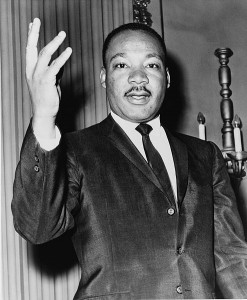
I don’t shy away from discussing controversial issues, even with very young children. I do, however, worry about intruding on their open minds with our adult hang-ups.
My children do not need to be told that someone should be judged not by the color of their skin but by the content of their character. To them, in their innocence, skin color is no more of a defining characteristic than height, eye color, hair color, or even the color of a person’s clothing. If you give my daughter two dolls and one is smaller and wearing stylish bright pink clothing, she will inevitably say that doll is her, even if the doll has darker skin.
In drawing their attention to the idea that discrimination used to be rampant and still exists, I might alter their own, relatively prejudice-free interactions.
Still, I cannot pretend that they are growing up in a world without prejudice. And I cannot ignore hundreds of years of U.S. History in their education, even if they are not ready yet to learn about the finer points of civil rights law. I have to reinforce and bolster their natural openness and celebrate diversity in our society with them.
With the youngest children, I think Martin Luther King, Jr. Day is a good opportunity to talk about diversity, fairness, and equality in a more general way. I also do talk with them on a very simple level about these themes and mention that Dr. Martin Luther King, Jr. was a wise and good man who helped make sure everyone had equal rights.
More importantly, though, we need to show our children that we value diversity and equality and treat people with fairness every day. As always, it is our actions, not our words, that the children will heed.
Picture Books About Martin Luther King, Jr. and Diversity
I usually start by heading to the library to find good books on a topic but I was disappointed in the selection for very young children. A lot of what I saw packed too much information into a single short picture book. I was hoping for an abbreviated history of Martin Luther King, Jr’s involvement in the civil rights movement or short excerpts from his famous “I Have a Dream” speech, illustrated with beautiful art influenced by some of our more prominent African-American artists.
Since I didn’t locate anything I really felt was on the preschool level, my recommendation is to approach the issues indirectly, saving the wordier picture books for the early elementary students.
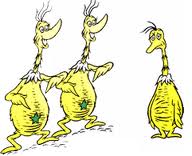
The Sneetches is a classic Dr. Seuss tale about creatures that obsess over pointless prejudices. I really love the idea of using these made-up creatures to show how silly it is to judge someone by external qualities.
In Martin’s Big Words: The Life of Dr. Martin Luther King, Jr., the author uses quotes from Dr. King to help tell the story of his involvement with the civil rights struggle. Paired with striking illustrations, the powerful text can have a huge impact on readers in the upper range of the picture book age group, 5-8.
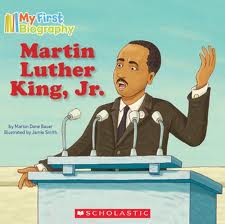
While not as rich and lush as some of the more sophisticated books I found, Martin Luther King, Jr. (My First Biography), has a good approach for the youngest learners. This book focuses on how society looks today, with children of all backgrounds playing together at the park, because people like Dr. King stood up to prejudice, racism, ignorance, and hate.
Crafts
Over at Frugal Family Fun Blog, there is a Peace Dove Craft that is a lovely reminder of Dr. King’s goals and methods. You can find another type of dove craft at Enchanted Learning.
At Steady Mom, they made a wreath of handprints, symbolic of the unity of all the human races. My playgroup is planning to make a rainbow wreath, like this one at Activity Village.
A similar idea would be to cut a paper chain of dolls and then use watercolor paints to give it a rainbow of color. That’s what we did this year. They will look like they are holding hands, just like at the civil rights marches.
Activities
- Using the idea of rules as a starting point, talk about human rights. Explain that rules may just apply to one place (like home, or school, or the playground) but that human rights should belong to all people everywhere. Together, come up with a few examples of human rights. Children may come up with the right to have healthy food or to be safe.
- No Time for Flashcards asks children to dream big in honor of Dr. King.
- Select a few quotes from Dr. King’s “I Have a Dream” speech and write or print these quotes in a large font. Have children find images from magazines to illustrate each quote and paste the photographs or drawings under each quote. Display in your home or classroom.
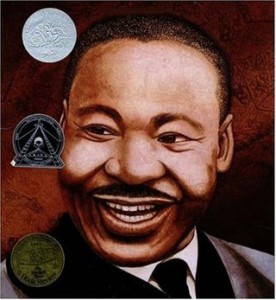
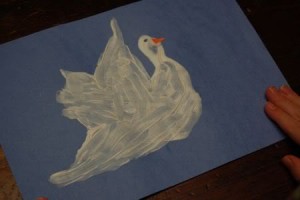
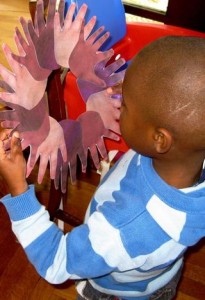
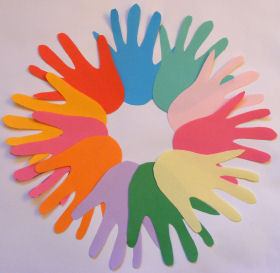
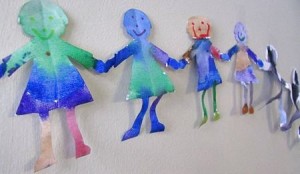
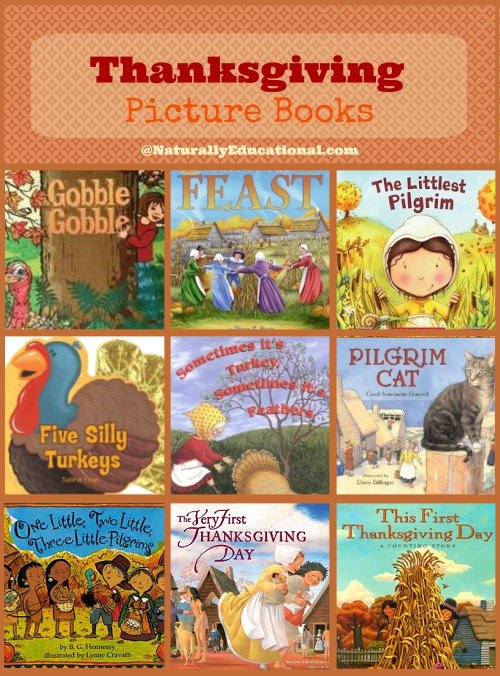

This is fantastic, thank you!! Candace, we never met in person, but were in some of the same Moms’ groups. Didn’t know this was you until I got to the bottom. We are definitely using some of these ideas!